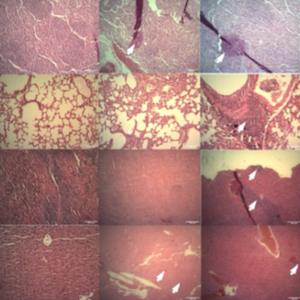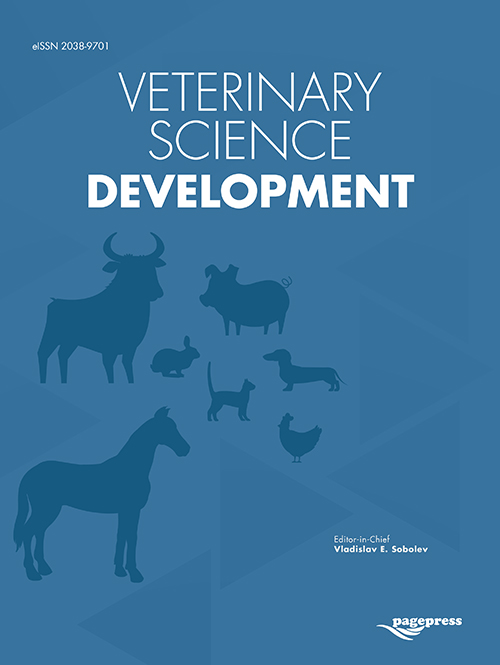Stage-specific tumor microenvironment dynamics and cancer-associated fibroblast profiling in MBL-6 mouse models of breast cancer

All claims expressed in this article are solely those of the authors and do not necessarily represent those of their affiliated organizations, or those of the publisher, the editors and the reviewers. Any product that may be evaluated in this article or claim that may be made by its manufacturer is not guaranteed or endorsed by the publisher.
Authors
Breast cancer remains the most prevalent malignancy among women, necessitating the development of novel therapeutic strategies. Experimental animal models that closely mimic human breast cancer are crucial for advancing these therapies. This study utilized the criteria of the tumour, node, metastasis (TNM) staging system and variations in metabolic rates to develop models representing stages II and IV of human breast cancer, using the MBL-6 mouse breast cancer cell line. We assessed tumor growth curves in vivo and investigated distant metastasis to organs such as the liver, lungs, lymph nodes, and spleen. Carcinoma-associated fibroblasts (CAFs) were isolated, and their proliferation rates, inflammatory enzyme expression, and matrix metalloproteinase levels were compared between stages II and IV. By analyzing tumor kinetics and metabolic differences, we were able to predict tumor size and progression at each stage. Our results revealed that CAFs isolated from both stages exhibited similar phenotypic characteristics. However, CAFs from stage II tumors showed higher expression of indoleamine 2,3-dioxygenase 1 (IDO1), while those from stage IV tumors had higher levels of inducible nitric oxide synthase (iNOS). These distinct expression patterns suggest unique microenvironmental features at different stages of tumor progression. Further investigation of the cancer microenvironment may provide valuable insights for selecting targeted therapies and improving disease management.
Supporting Agencies
This study was funded by the Research Deputy of Tarbiat Modares University.How to Cite

This work is licensed under a Creative Commons Attribution-NonCommercial 4.0 International License.






